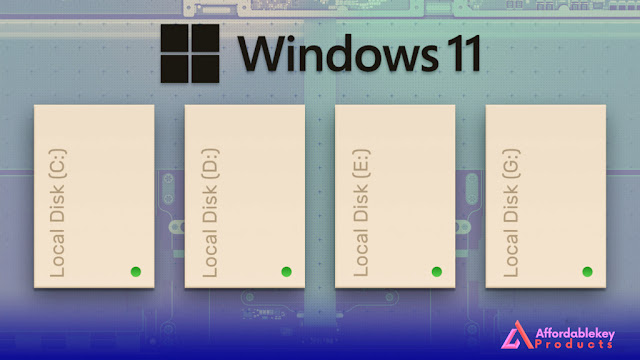Which is better: an older version of Microsoft Office or a newer one?
Microsoft Office has been the standard software suite for business, education, and personal use for decades. It includes several applications, such as Word, Excel, PowerPoint, and Outlook, that are essential for creating and managing documents, spreadsheets, presentations, and emails. Over the years, Microsoft has released multiple versions of Office, each with its own set of features and improvements. With the emergence of cloud-based productivity tools and the rising cost of Microsoft's subscription-based Office 365 service, many people are questioning whether an older version of Microsoft Office is better than a newer one. In this blog post, we will explore the pros and cons of using an older version of Microsoft Office versus a newer one.
First, let's define what we mean by an older version of Microsoft Office. The earliest version of Office was released in 1990, and there have been many versions since then, including Office 97, Office 2000, Office XP, Office 2003, Office 2007, Office 2010, Office 2013, Office 2016, and Office 2019. In this post, we will compare the most commonly used versions of Office, which are Office 2010, Office 2013, Office 2016, and Office 2019, to the latest version of Office, which is Office 2021.
Cost of Microsoft Office
One of the primary reasons people consider using an older version of Office is cost. Microsoft's subscription-based Office 365 service can be expensive, especially for individuals or small businesses. By comparison, buying a perpetual license for an older version of Office can be more cost-effective, as you only pay for it once, and you can use it for as long as you want. For example, you can purchase a copy of Office 2010 for around $150, while a subscription to Office 365 can cost $70 to $100 per year.
However, it's worth noting that Microsoft no longer provides support or security updates for older versions of Office. This means that if you continue to use an older version of Office, you may be at risk of security vulnerabilities, and you may not have access to the latest features and updates.
Compatibility
Another factor to consider when choosing between an older version of Office and a newer one is compatibility. If you collaborate with others who use the latest version of Office, you may encounter compatibility issues if you use an older version. For example, some formatting or features may not be available, or your document may not display correctly. This can be frustrating and time-consuming to fix, especially if you frequently share documents with others.
On the other hand, if you work primarily with people who use an older version of Office, you may not need the latest features and updates. In this case, using an older version of Office may be sufficient, and you can save money by avoiding the cost of upgrading.
Features of Microsoft Office
One of the main reasons to consider using a newer version of Office is access to the latest features and improvements. Microsoft is constantly updating Office to improve performance, add new features, and fix bugs. For example, Office 2021 includes new collaboration tools, improved accessibility features, and enhanced security features. If you rely heavily on Office for your work or personal use, these updates may be important to you.
On the other hand, if you use Office primarily for basic tasks, such as writing letters, creating spreadsheets, or giving presentations, you may not need the latest features. In this case, using an older version of Office may be sufficient.
Ease of use
Another factor to consider when choosing between an older version of Office and a newer one is ease of use. Microsoft has made many changes to the user interface and layout of Office over the years, which can be confusing or overwhelming for some users. For example,



%20product%20keys_.jpg)

%20for%20a%20business%20laptop_.jpg)
